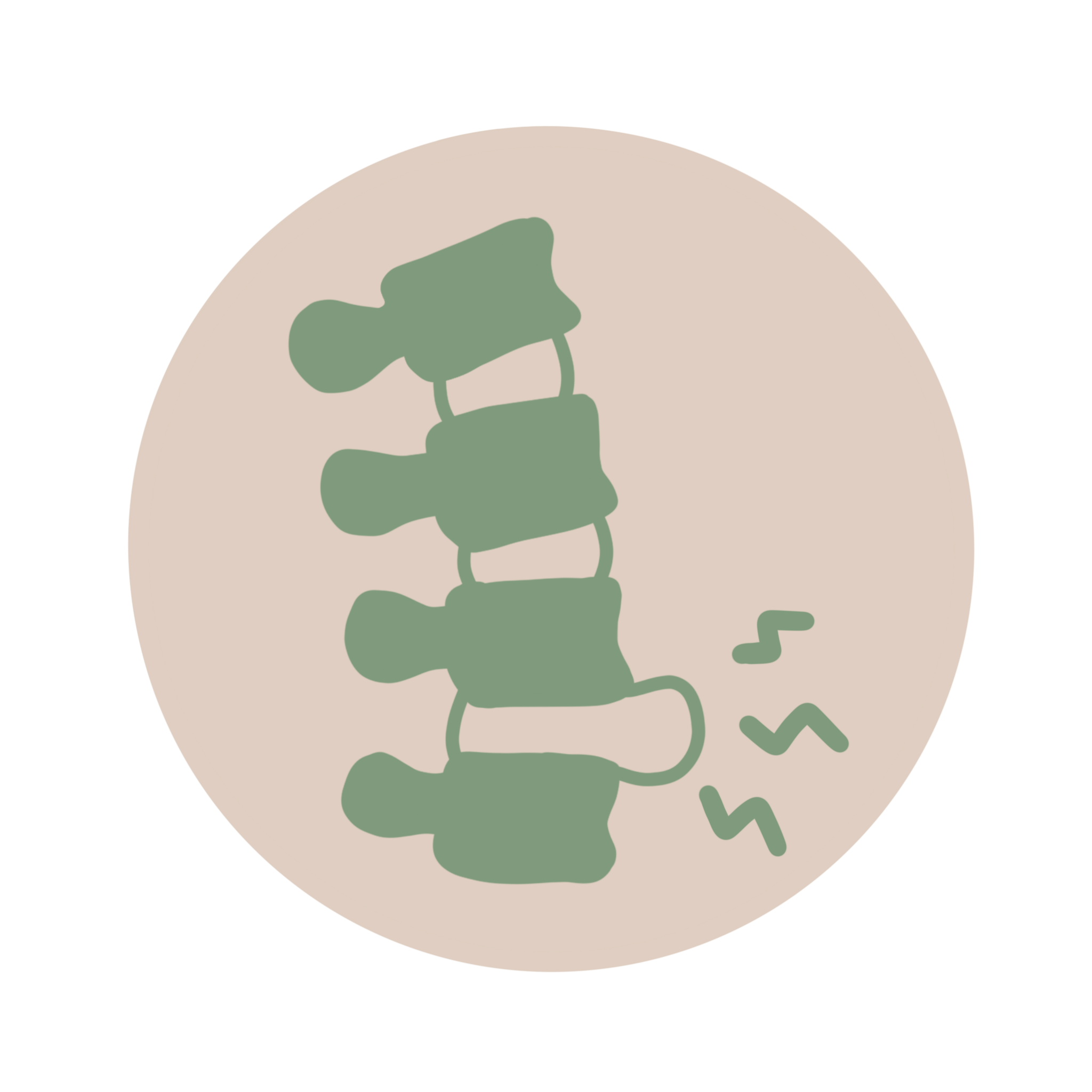Chiro in Tampines , East Singapore : Well-Balanced Family Chiropractic
Chiro in Tampines , East Singapore : Well-Balanced Family Chiropractic
Check Out Our 5 Stars Reviews
New Patient Promo for ONLY $80! Click HERE to BOOK NOW!
New Patient Promo for ONLY $80! Click HERE to BOOK NOW!
Slipped disc, also known as a herniated disc or a bulging disc, is a common condition that can cause pain, numbness, and weakness in the back, arms and legs. It occurs when the soft tissue inside a spinal disc pushes out through a tear or weakened area in the disc’s outer layer.

Age-related wear and tear
As we age, the spinal discs lose some of their water content and become less flexible and more prone to tearing.
Trauma
A sudden injury or trauma, such as a fall or car accident, can cause a disc to slip or herniate.
Poor posture and body mechanics
Prolonged sitting, standing, or lifting with poor posture can place excessive stress on the spinal discs and increase the risk of herniation.
Sedentary lifestyle
Our spinal discs absorb water and nutrients mainly from the pumping action during movement. Lack of motion can speed up disc degeneration.
At Well-Balanced Family Chiropractic, our experienced chiropractors will review your medical history, lifestyle and conduct a thorough physical examination to determine the cause of your pain and whether chiropractic care is suitable for you. X-rays will be reviewed to identify the root cause and severity of your condition which is key to developing your personalised care plan.
Your care plan is tailored specifically to your condition, that may include the followings:
After completing your initial care plan, you have the option to continue with wellness care to maintain your results and make sure your body is functioning at its best. Most patients visit us every 2-4 weeks depending on their lifestyles.

Jason believes that true health comes from within, which led him to pursue his career as a chiropractor. He strives to restore balance, alleviate pain, and empower his patients on their wellness journey.
Understanding that each individual is unique and has different health conditions, Jason does not believe in a one-size-fits-all approach. Instead, he focuses on providing targeted chiropractic care tailored to each patient’s needs to provide the best possible outcomes. Jason’s caring nature, combined with his skillful adjusting techniques and knowledge has earned him the trust and appreciation of those under his care.
Certified in Extremity Adjusting, Paediatric Care, Kinesiology Taping
Fluent in English, Chinese(Mandarin), Cantonese

Yen Ee is a highly skilled female chiropractor with expertise in musculoskeletal health and wellness. With a Master of Science in Chiropractic from AECC University College in UK, Yen Ee provides personalised care for patients of all ages, from newborns to seniors.
Certified in the Webster technique, Yen Ee focuses on pregnancy care to ensure optimal pelvic alignment and a comfortable pregnancy journey. Additionally, Yen Ee excels in paediatric chiropractic care, promoting proper musculoskeletal development in young patients.
With a focus on sports injury rehabilitation, Yen Ee offers effective treatments and rehabilitative exercises to help athletes recover and enhance performance. Committed to empowering patients to take control of their health, Yen Ee provides exceptional care to help you achieve your wellness goals.
Certified in Webster for Pregnancy Care, Paediatric Care, Instrument-assisted Soft Tissue Mobilisation (IASTM), Rehabilitative Exercise
If you are looking for a safe, effective, and natural way to address your health concerns, book an appointment now and experience the benefits of chiropractic care for yourself.